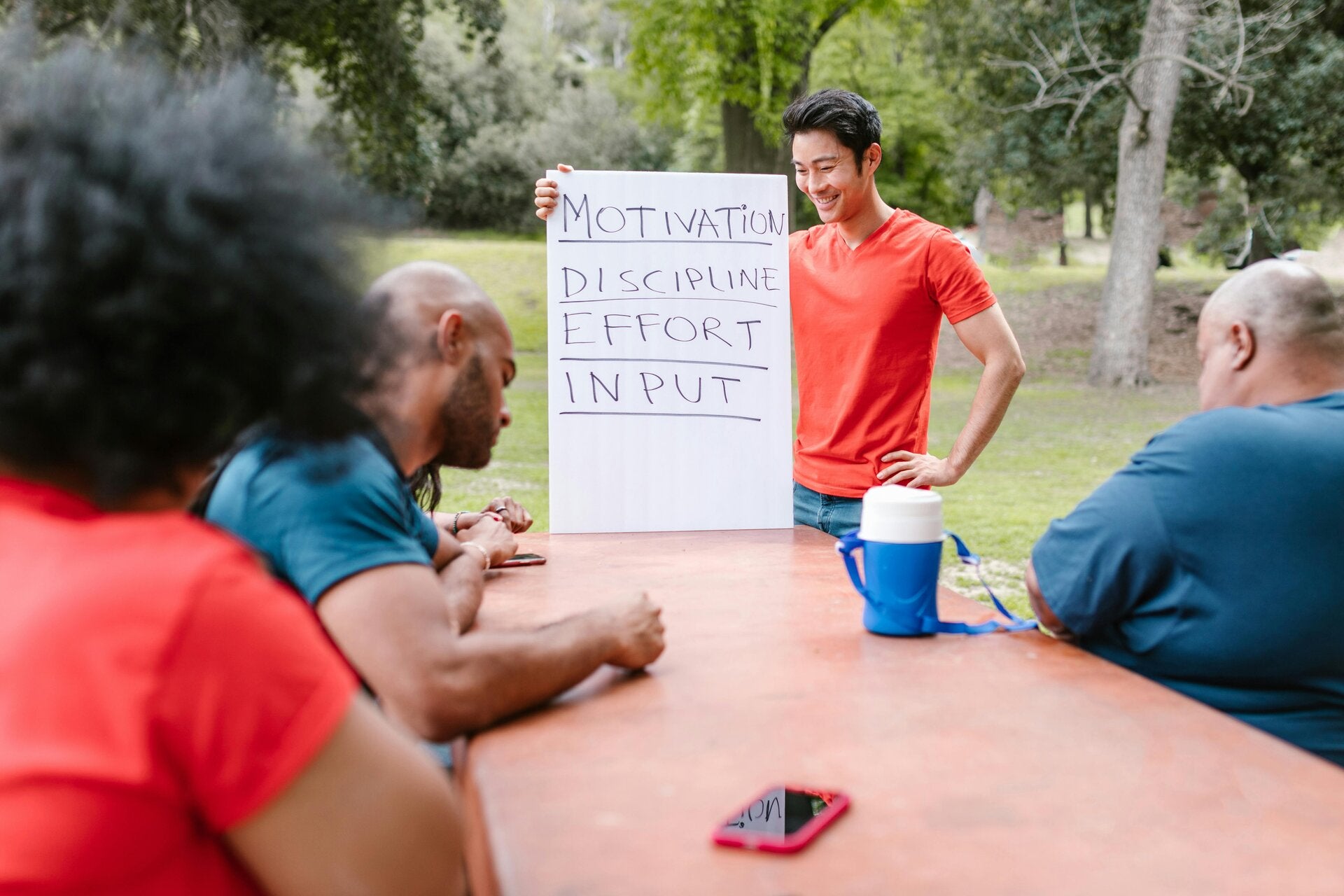The Teacher effect: Nurturing Student Motivation Through Connection

Before you can motivate a student you first need to get to connect with them, get to know their background, home environment, and most of all their interests.

Motivation
There are two types of motivation, intrinsic, which is internally driven, and extrinsic, which is externally driven. Getting to know your students' interests helps you learn if they are motivated internally by their interest, enjoyment, or satisfaction, then their intrinsic motivation is in harmony with their persistence to achieve a major accomplishment of higher performance. (Ryan & Deci,2020). On the other hand, extrinsic motivation is externally driven, in chance of receiving a reward or special recognition. (Benabou & Tirole, 2003).

Three Basic Human Needs
Autonomy, Competence, and Relatedness
School engagement is optimized when students perceive that the school context fulfills their needs for competence, autonomy, and relatedness (Connell & Wellborn, 1991; Deci & Ryan, 2000).
Autonomy is taking ownership of their learning initiative. As educators we give rise to students autonomy, involving them in decision-making and teach accountability by holding students accountable while modeling and thinking aloud our own accountability.(Millacci,2022).
Competence is the students need to know they can do something successfully. As educators we need to assist students in developing their self-esteem. Helping students identify and recognize their strengths will promote their growth mindset.
Relatedness refers to the students sense of belonging and connection. (Millacci,2022). Build this by establishing a relationship with each student. Explore the individual students interests and develop common ground. Help the students develop peer connections, using group participation exercises will encourage harmonious learning. (Millacci,2022).

How the Three Basic Human Needs Affect Motivation and Engagement
According to Maslow's Hierarchy of Needs, when an individuals needs are met it encourages them to be motivated to pursue higher-level needs, feeling engaged in various aspects of their lives, such as a higher level of education or job opportunities. By not meeting their needs it equally discourages them causing low motivation and disengagement, similar to that of a student with a fixed mindset.(Channell,2024)
In essence, meeting basic human needs is crucial for creating a motivated and engaged workforce, as well as overall well-being and personal growth. By understanding these needs individuals can be empowered to pursue higher levels of engagement and motivation. (Hargraves, 2018). According to Maslow, if the student is not able to satisfy lower-level needs he is unable to pursue higher-level needs. However, he states that "progression is not all-or-nothing," it's needing to satisfactorily complete one level at a time.(Channell,2024). With this analogy we as educators need to motivate our students to keep trying, until they succeed. Setting shorter goals may enable the student to reach them more effectively which could eliminate some of the discouragement and help rebuild the motivation and reengaging a growth mindset.